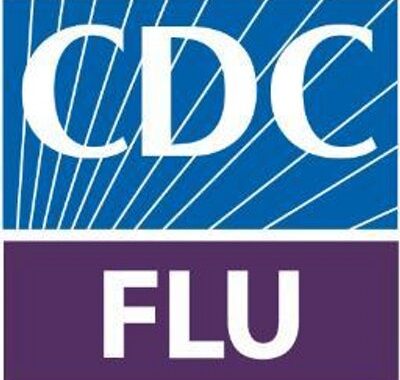In late 2025, the U.S. Centers for Disease Control and Prevention (CDC) made a major…
X-ray Dosimetry Monitoring in a Dental Office

The regulations for monitoring occupational exposure to x-ray radiation, also referred to as dosimetry, arise directly from federal regulations, 10 CFR 20, which are the Nuclear Regulatory Commission (NRC) standards. Federal radiation requirements are enforced either directly by the NRC or at the state level (34 state programs). State-run radiation programs must be at least as effective as the federal NRC program.
With respect to x-ray dosimetry, most, if not all states, default to the federal regulations, which require that monitoring of individual employees is necessary if the employee is likely to receive more than 10% of the allowable radiation limit (5 rem), which is 0.5 rem. A pregnant employee must be monitored if she is likely to receive greater than 0.1 rem during the pregnancy.
For most dental office personnel, the annual occupational radiation dose averages below 0.02 rem per year, which is well below the allowable limit for even pregnant employees. Still, the question remains: How can a dental employer be sure employee exposure falls below the level at which monitoring is required? The regulations do not provide descriptive information on how to comply with the monitoring requirements, just that if the exposures reach a certain level, the monitoring must be conducted.
OSHA Review Recommendations to meet NRC Standards
At a minimum, dental offices should establish a baseline of radiation exposure to verify or refute that additional monitoring is not required.* To establish a baseline, employees who have occupational radiation exposure should wear a radiation dosimetry badge on their lapel, over their personal protective equipment, throughout their shift.
Because the maximum allowable dose is lower for pregnant women and because of the emotional factor involved, pregnant employees should be monitored continuously throughout the pregnancy or for as long as the employer knew of the pregnancy. The American Dental Association recommends that all pregnant employees notify their employer as soon as they become aware of the pregnancy and that they wear a x-ray dosimetry badge throughout the pregnancy.
The badges should be changed out every month or quarterly, depending on the contract specifications with the radiation dosimetry company. The baseline monitoring should be established over a 6-12 month period. It is not uncommon for dosimetry companies to require a yearly contract for the monitoring badges.
If baseline levels are at low enough levels to demonstrate that monitoring is not required, a dental office would have the necessary information to support a decision not to perform continuous employee monitoring (unless the employee is pregnant). Dental offices should consider repeating radiation exposure monitoring every 3-5 years to confirm the baseline and to ensure proper functioning of the radiation equipment.
Keep in mind that standard controls for all employees such as distance (maintaining at least 6 feet from the source), barriers (taking the x-ray behind a wall), and positioning (staying perpendicular to the beam), are generally effective in minimizing occupational exposures to non-detectable amounts in most dental offices.
* Note that for California dental offices, the Radiologic Health Branch of the California Department of Public Health expects dental office to conduct baseline x-ray dosimetry to confirm low-to-non-detectable x-ray exposure levels.
Requirements vary by state. Please consult with your local State regulatory agency for specific requirements in your area.
Since 1992, OSHA Review, Inc. has provided dental professionals with comprehensive programs to support regulatory compliance and infection control.



